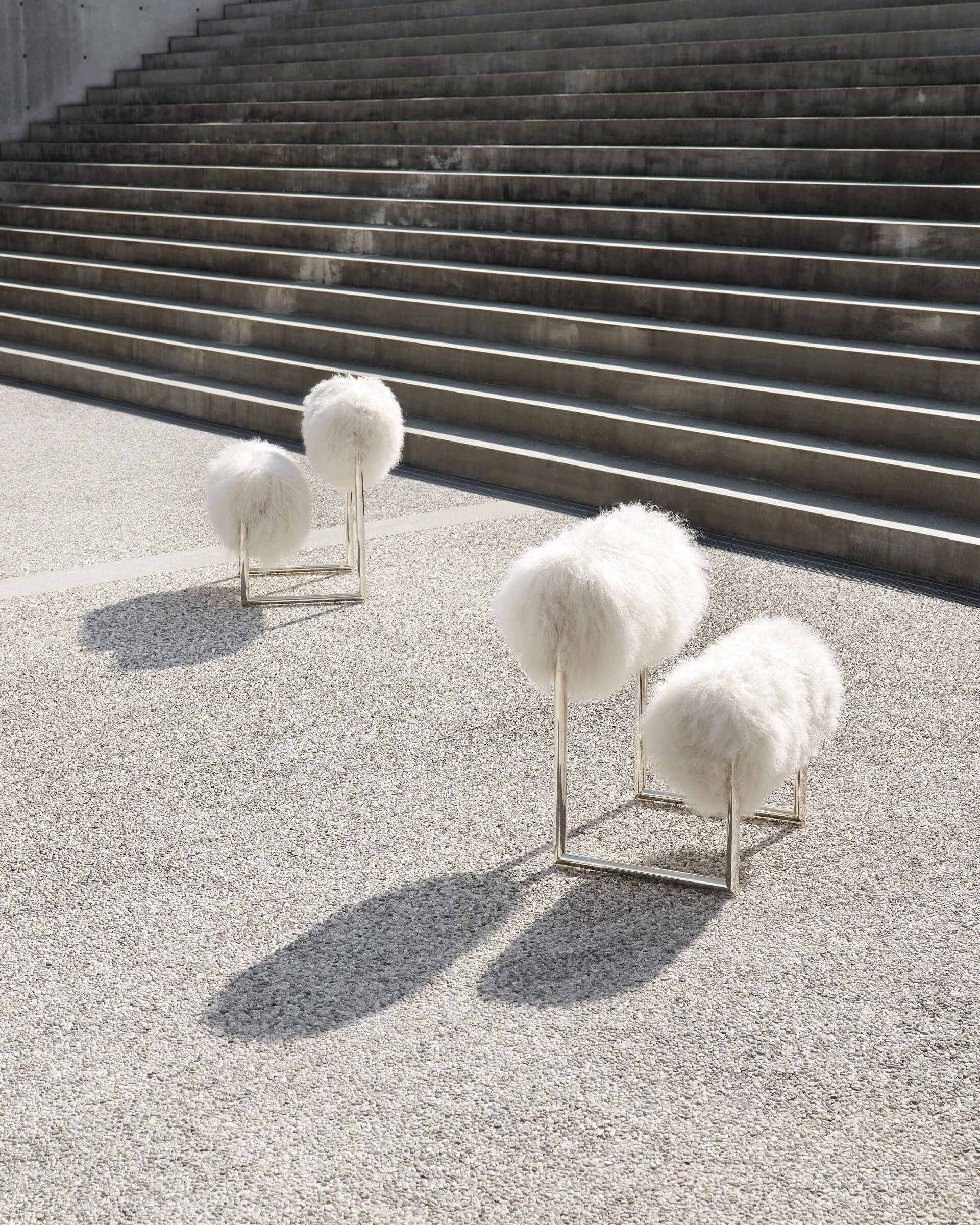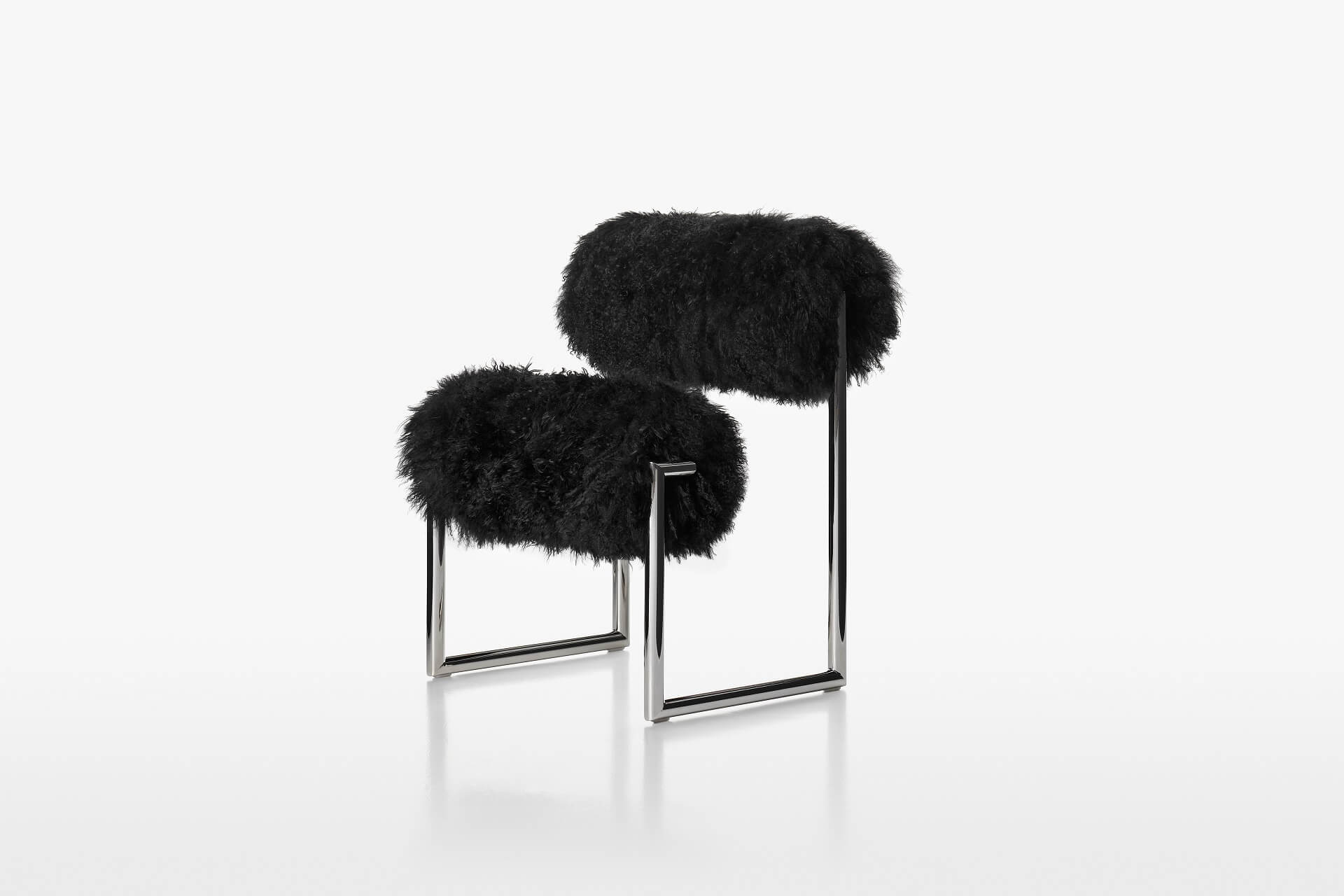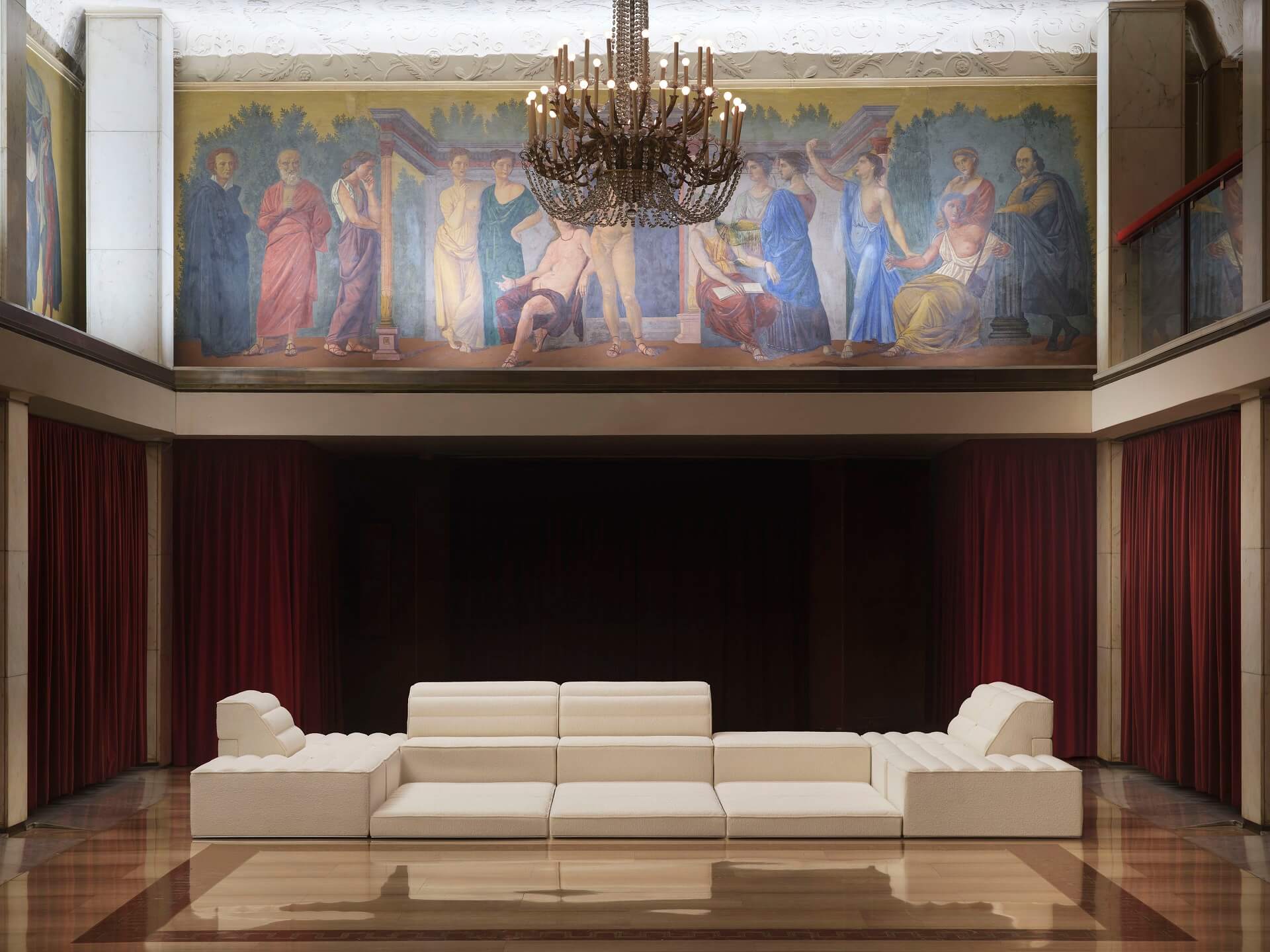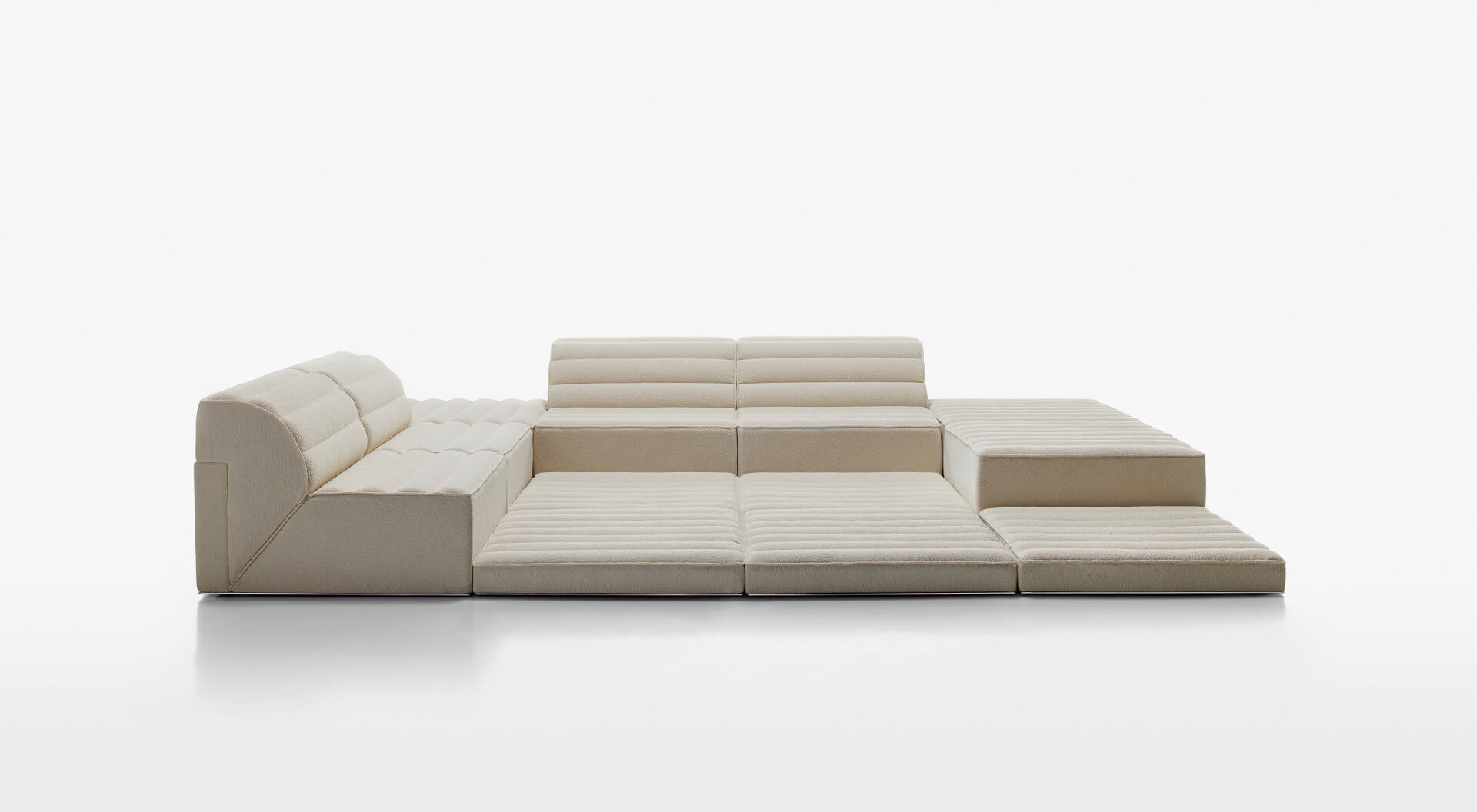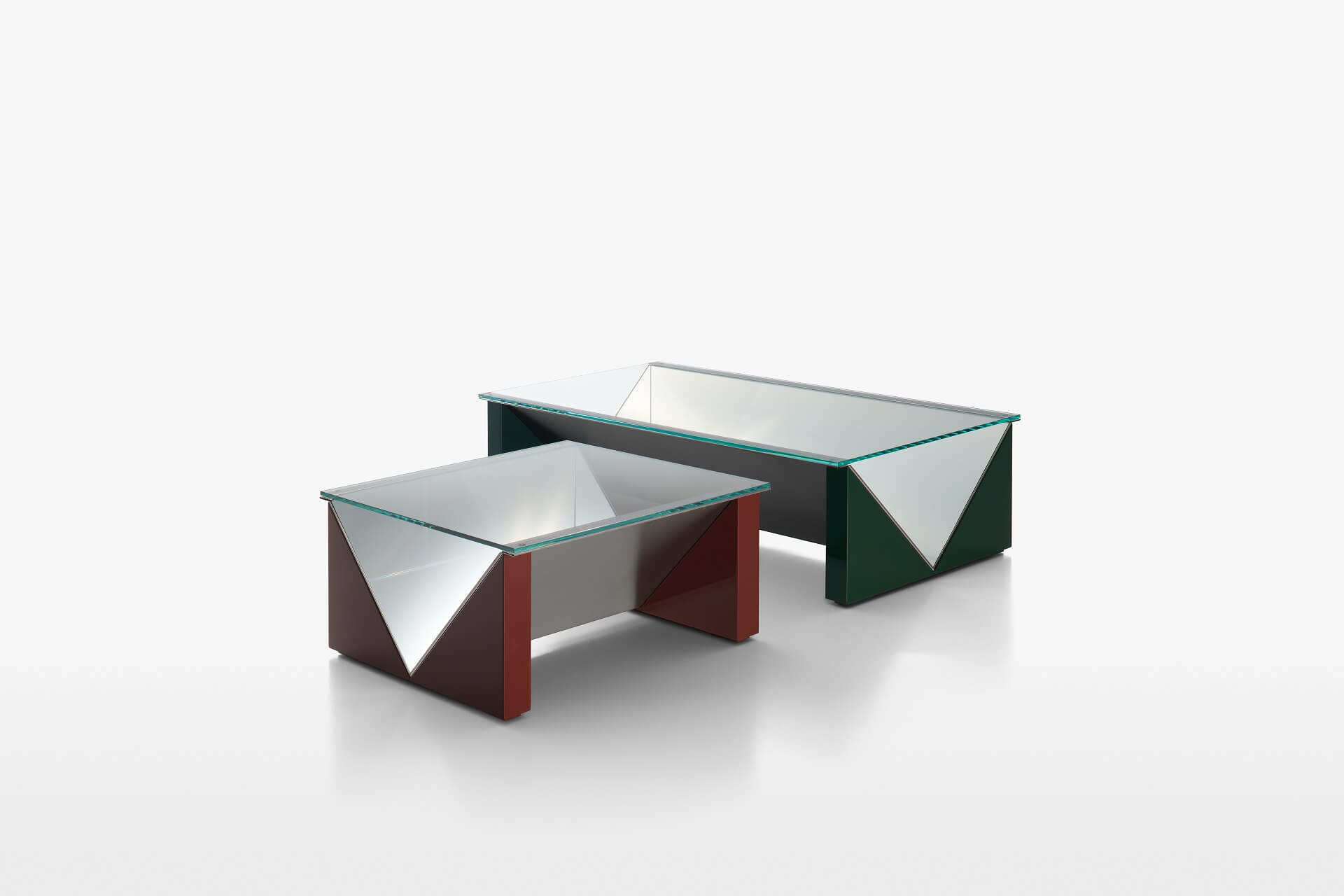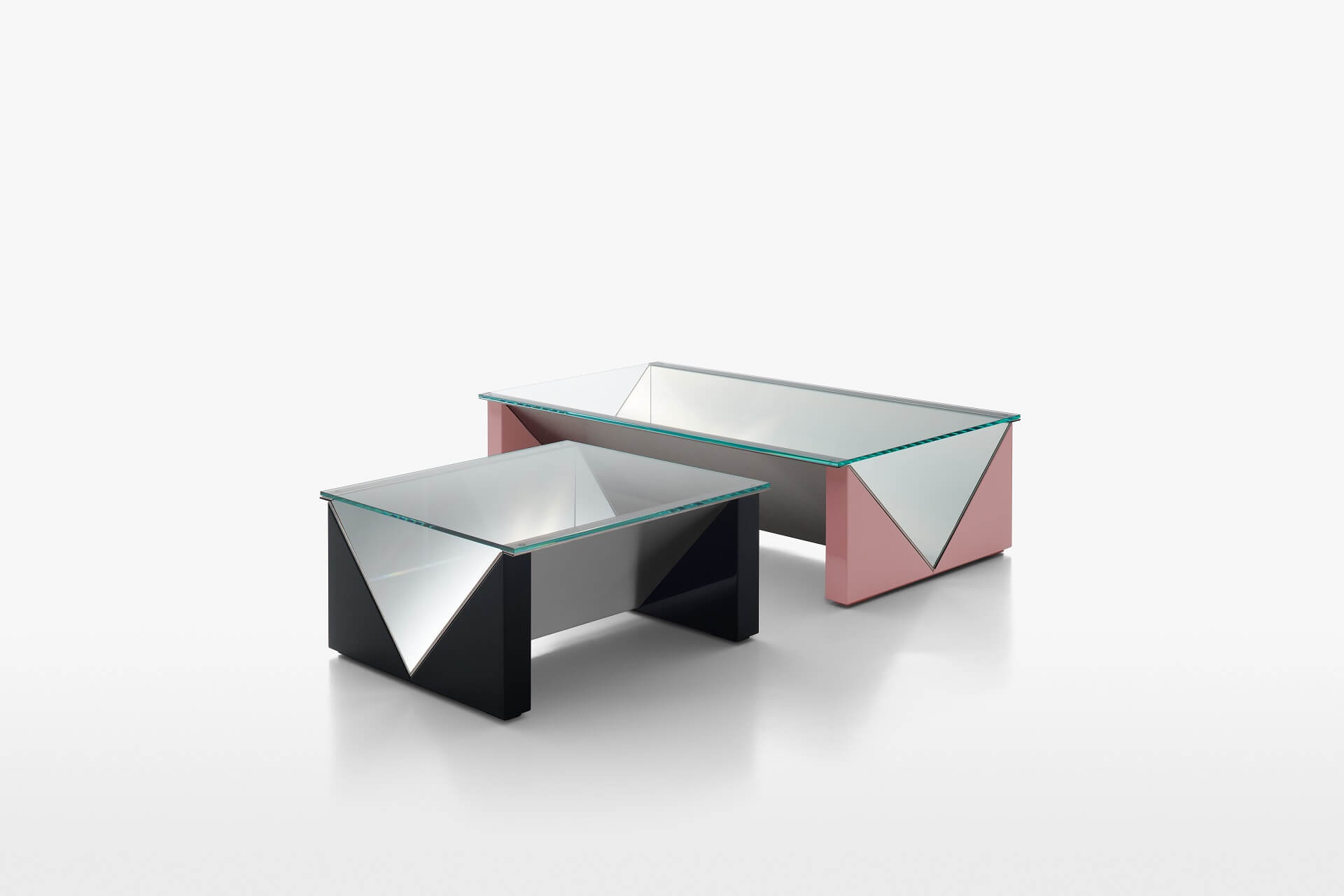Acerbis, among the longest-lived Italian companies in the furniture industry with its 150 years of experience, continues the Remasters project by bringing back into production three pieces of Italian iconic design from the 1970s, which are a valuable addition to the brand’s archive.
Since 1870 a reference point for aficionados of the finest Made in Italy design, Acerbis has created products whose modernity remains at the forefront even today by collaborating with visionary designers including Massimo and Lella Vignelli, Vico Magistretti, Nanda Vigo, Gianfranco Frattini, and Giotto Stoppino.
Today, led by creative directors Francesco Meda and David Lopez Quincoces, it continues in its avant-garde tradition, expanding research beyond the boundaries of the company’s archives and rediscovering historic designs with revolutionary modernity.
Here then is the iconic Due Più seat by Nanda Vigo and two creations from the 1970s by Claudio Salocchi:Free System, an upholstered system derived from the concept of the “operated floor” or tatami, and Napoleone, a small table characterized by a fascinating play of mirrors and reflections.
The new reissues fit into the 1970s allure, with elegant bouclé and nubuck fabrics in delicate nuances for Free System, and an exuberant white, black, and rust Mongolia fur upholstery for Due Più.
Due Più Acerbis
The Due Più armchair by Nanda Vigo is a surprising and enigmatic object, with a unique physiognomy conferred by the use of two rollers that seem to float. Created in 1971, the chair has found use in several of the architect’s interiors projects but has never been mass-produced and is therefore a novelty in the world of industrial design.
Although appearance suggests otherwise, it surprises with ergonomics and comfort in all three of its modes of use – regular sitting, side sitting with one arm resting on the upper roller, and reverse sitting, in which the roller-back becomes the perfect support for forearms.
Distinguished by an aesthetic that speaks of the Future, it can be considered a project manifesto of Vigo, a synthesis of his two souls: the esprit de géométrie – evident in the minimal metal structure, which reflects light – and the eccentric and pioneering spirit, interpreted by the Mongolian fur, which he favored voluminous and sumptuous, and the synthetic fur. Now presented by Acerbis with a steel frame and fur recovered from food industry waste, in a circular economy logic that makes it compatible with the contemporary ethos.
Free System Acerbis
A radical innovator in the ways of living, Claudio Salocchi was not historically part of the Acerbis stable, but his research is recognized in the company’s DNA by elective affinity.
“All the products in the Remasters collection were carefully chosen as icons of experimentation of their era, all with a strongly innovative identity and a recognizable mark. Claudio Salocchi’s work explores the research in the design of the decade from the 1970s to the 1980s, for the first time included in the Remasters collection: those 1970s when new ways of living and experimentation were at the center of the work of Italian designers. Claudio Salocchi is one of the protagonists of the creative ferment of the 1960s and 1970s, an all-around artist with an incredible output. The revolutionary potential of the Free System project is now more contemporary than ever, capable of spanning different living areas and domestic landscapes,” says Francesco Meda.
In the early 1970s, Salocchi revolutionized the idea of the living room by suggesting that the living area could be resolved simply in free, continuous seating. In 1973 he designed Free System, an upholstered system derived from the concept of the “operated floor” or tatami where upholstered modules could be freely juxtaposed.
Characterized by the complete modularity and combinability of the elements, with a view to optimal space utilization, it can be considered the materialization of the utopia of the modern home dreamed by that generation of architects.
Indeed, the overcoming of all rigidity reflects an evolution of customs toward an informal lifestyle, whereby, from having to sit “composedly,” people now want to sit “comfortably.”
Free System is a program of upholstered furniture that goes beyond the sofa typology, where the available elements – tatami, pouf, and seat with different and interchangeable backs – are the protagonists of a modular system that can be composed in multiple combinations and configurations. The islands that the Free System creates invite versatile, easy, and free enjoyment of the living room.
Napoleone Acerbis
Interpreting the transformations of that period in a design vision anticipatory of new forms, functionalities, technologies, and typologies that would become trends, Salocchi launched the Napoleone family of tables, coffee tables, and displays at the 15th Milan Triennale in 1973.
The furniture line is delineated in the extreme synthesis of geometries juxtaposed with materials that were anything but usual in the furnishings of traditional homes of the time. At the origin of the series is the table, stripped of its two capitals to encourage equal comparison.
Consisting of a brushed stainless steel bridge structure that links the two shoulders, cut to accommodate opposing mirrors, it is complemented by a tempered glass top. The fascinating play of reflections and transparencies allows those sitting to see their images, with interesting “introspective” implications.
Acerbis then offers two coffee tables from the Napoleon system revisited and embellished with distinctive polyester lacquers declined in the palette designed by Francesco Meda and David Lopez Quincoces, which draws on the bright colors of vintage sports cars.

